Ten Common Questions on Business Etiquette : A Project Manager's Resource Guide
Manners Make a Man
Exhibiting the knowledge of proper business etiquette is an absolute necessity even in this age of high technology. It’s an indication of human professionalism unaided by artificial intelligence and sends a message of respectability and sense of propriety.
Most employers prefer to employ ethical people because it means that they are supported by a dependable workforce, which requires little or no supervision. In the same context, a project manager or leader with a sense of good business ethics has that innate drive to carry out responsibilities that are geared toward the success of the project and the organization.
However, individuals cannot be expected to know all the right moves and responses all the time. What is important is to use the basic rules of civility. Business introductions, dining etiquette and other general forms of courtesies have ethical meanings but there are times when a situation is not simple.
Learn the answers to some common questions on business etiquette to help clear away some gray areas:
- How does one say “No” without sounding rude and offensive?
- Is one obliged to shake hands with a business client or customer who is obviously sick?
- Should one keep his or her tattoos covered when meeting with a client?
- If a person is about to discuss something with a co-worker or superior but finds the person’s cubicle empty, is it unethical to enter and wait for its occupant?
- How does one introduce a younger or junior colleague to an older person or to a higher-ranking company officer?
- How should an individual respond or act if someone hands him or her with a business card? What’s the proper way to present one?
- If a person gets invited to a business dinner, is it proper to order whatever he or she desires?
- If one finds him or herself seated between two boring persons during a business dinner, how does one avoid or manage the awkward silence?
- What is the proper way to use the table napkin at a formal dinner?
- How does one get off a telephone conversation that is getting to be too lengthy?
1. Say “No” Graciously
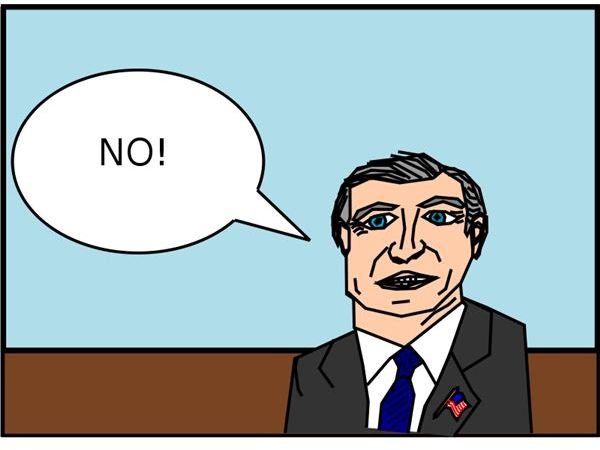
Saying “No” directly may make declining an offer or refusing to do favors seem rude and offensive. To avoid this perception, there are certain “no” words individuals can use to soften the impact of a rejection message.
However, it’s important to think carefully before technically saying “no” to a request for help. Keep in mind that at any given time or situation, we may find ourselves in the same boat in a role reversal. Carefully evaluate the situation before formulating the most suitable response. Consider the suggestions we give for the following case examples:
Case 1: A situation could be difficult when the request for assistance is an opportunity to return a previously extended favor. However, certain constraints such as a lack of time, finances or ethics may prevent one from obliging.
“I really wish I could help you, but I’m afraid my finances are also tight and are just enough to see me through until the next paycheck.”
Case 2: Another difficulty is one in which a person is aware that the requesting individual is not usually in the habit of asking for favors but is doing so out of necessity or desperation. These individuals have mustered their courage before making a decision to ask for somebody’s help; hence, a negative response could be downright embarrassing for them.
“I would love to help you out but I’m also in the middle of beating a deadline right now. How about if I call you as soon as I’m done with my immediate commitments?”
Case 3: There are cases where the person asking for assistance has the habit of soliciting help. Oftentimes, these are also the types of individuals who won’t take no for an answer and try to coax or bully a person into agreeing.
“I’m in the middle of a project right now and my schedule is running tight. Besides, this is similar to the one I did for you last time so how about trying to do this yourself by following the same steps and method?”
Case 4: The person asking for help is a manager or superior, but the matter is of a personal nature that is unrelated to work.
“I’m afraid I won’t be able to find time to do this, since I have a lot of project requirements to catch up with during weekends, and it’s important that I do them before the start of another week.”
2. Handshakes and a Sneezing Client

A business client who honors his or her commitment to meet with you in spite of an illness signals that the agenda at hand is too important to put on hold. Although some sniffles or sneezing might indicate an illness, you can avoid any risk by washing your hands immediately after a handshake.
Business etiquette should prevail over one’s concern about exposure to germs. A person could just as easily acquire bacteria or germs by handling the same documents, or holding the same door handle or using the same telephone, as the client. The rule is to do the customary handshake, double the effort to keep one’s hands away from the face or mouth, and wash thoroughly with soap and water at the first opportunity.
3. Tattoo Protocol

Covering tattoos is ethical as far as representing one’s company is concerned. A tattoo is a form of body art; hence, whether an individual intends it or not, the tattoo can attract or distract the interest and attention of an interviewer or client.
A career survey report revealed that about 85 percent of respondents believe that their tattoos have affected their chances of landing better paying jobs. However, the results depend on the industry as well.
Keeping a tattoo concealed during a job interview allows the interviewer to focus on what a person is saying and the same holds true when one meets with a client. Otherwise, displaying a tattoo distracts the latter and could keep a client from fully focusing on the topic of discussion.
4. Minding Manners in the Workplace
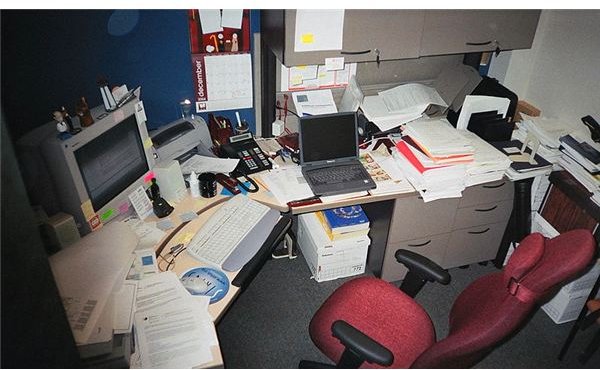
A workplace with an open-plan layout or cubicles does not give anybody the right to enter someone’s space without asking permission or attracting the attention of its occupant. Individuals should never enter someone else’s work space if the owner is not there.
A cubicle represents the boundaries of the employee’s area of responsibility in the work place. Any company asset or stored information that is misused or misappropriated, for which the root cause is traced to a particular cubicle and its appurtenances, makes the employee liable. Hence, it is unethical to stay inside an employee’s cubicle particularly if he or she is not present.
It is also improper to enter without tapping or catching the attention of the occupant before entering especially if the person is in the middle of a telephone conversation. In such cases, one should wait for a hand signal to indicate that it’s all right to enter or that he or she should wait until the conversation is over.
The proper decorum is to let the employee know beforehand by sending a text or e-mail message that he or she is about to be visited before going to the cubicle.
5. Making Proper Introductions
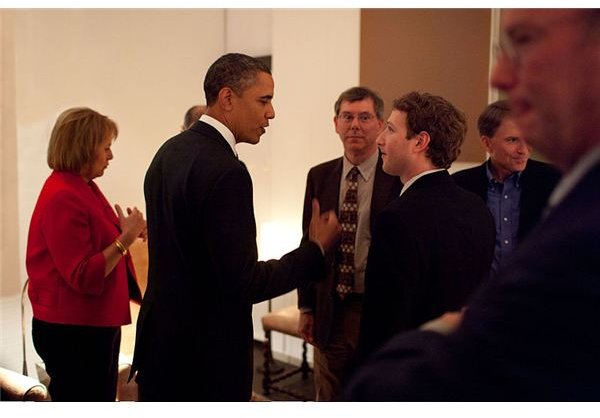
When individuals make an introduction, the name of the older person or the person of a higher stature is mentioned first. Both the first and the last name are mentioned along with the appropriate title.
“Ms. Catherine Davis, I would like you to meet my colleague, Attorney Michael Burns”.
“Madame President, this is my husband Glen Stein”.
However, if everyone is on an equal social footing, the client’s name is mentioned first or if both are clients, the person that has seniority is introduced first:
“Mr. Gene Kirby, I would like to introduce Mr. Reuben Flint. Mr. Kirby has been with us since day one.”
Find more examples of answers to common questions on business etiquette on page 2.
6. Business Card Etiquette
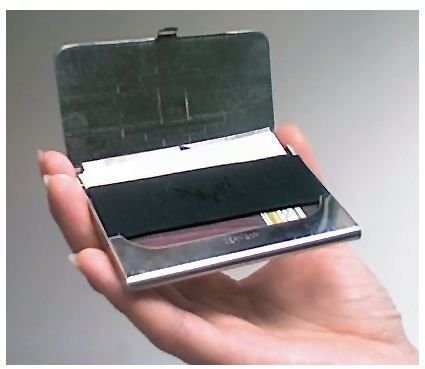
As a rule of ethics, business cards should not be handed over to just anybody but should be given if the person to whom one is talking requests it. In some cases, a business card is a necessary tool for the business deal.
When someone is handed a business card, the receiver should glance at the information on the card. Ask some relevant questions if necessary, and write down the information on the back of the card. It is proper for the receiver to hand over his business card in return.
The receiver should not simply stuff the card in his or her pocket when something is still being discussed; it should be placed on a table or temporarily secured atop any business documents being discussed. Place it in a business card case or portfolio once the meeting is over.
7. Protocol for Business Meals

The rules for business lunch or dinner meetings are the person who extended the invitation pays for the meals. However, this does not mean that one takes advantage by ordering expensive meals. Order a dish that is easy to eat unobtrusively to maintain the flow of conversation; this may mean avoiding seafood with shells.
If a person is unsure about what dishes to order, it is ethical to ask the host, the maitre d’ or the waiter for recommendations or to choose the same food ordered by the host. Another basic etiquette rule is to avoid taking too much of the host’s time by lingering over the decision about one’s meal.
8. Proper Manners for Business Dinners
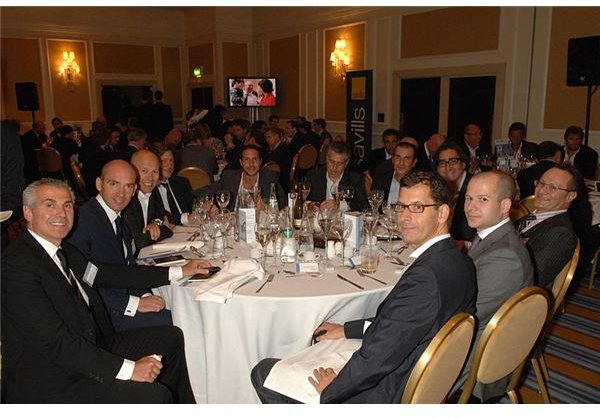
At business dinners or formal parties, there’s always the chance that one will be seated between two people who hardly know each other. It is usually best to come prepared with some knowledge of the latest topics of interest being discussed so you can use them as conversational starters.
The individuals with whom one is seated will probably be relieved to have some common topic to discuss. Remember it is improper for an individual to call the attention of an acquaintance from another table and carry on a conversation with only that person and ignore any others.
It is also unethical to catch the attention of an acquaintance seated at the far end of the table just to send coded messages. The other guests may smile and appear amused but may only be hiding their discomfort. If you were in their place, you might feel uncomfortable as well.
9. Using Table Napkins

Table napkins are simple accessories but they send signals that one should be aware of when attending a formal gathering. When unfurling one, do not wave or shake it like a piece of laundry. One should discreetly spread it out on his or her lap without attracting attention to it to avoid sending the wrong message.
If you need to excuse yourself and want to be sure your food is still on the table when you return, place the napkin on the armrest or on the chair. Folding the napkin and laying it next to the plate and then leaving the table signals that an individual is finished eating.
10. Ending Telephone Conversations
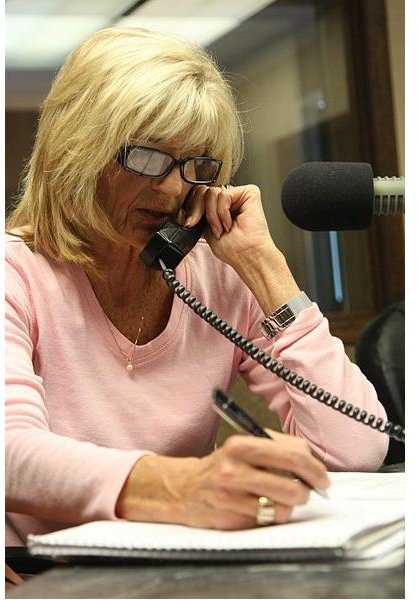
Some telephone conversations drag on and on especially if the other person is quite a talker or tends to inject other topics. The person may be a client or a prospect with a lot of questions to ask; hence, it would be rude to cut the conversation short. However, it is best to inform them that you are currently processing their project requirements and that you intend to finish the task as soon as possible.
Maintain your politeness by waiting for the other person to finish talking before drawing the conversation back to the business at hand. Let him or her know that you’re following a checklist and there are still several things you must cover.
Although it is considered rude to put a client on hold, it is also important to attend to other incoming calls. Modern business phones let the client know that there’s an incoming call; hence, the beeping sounds make them conscious of other callers. Just make sure not to put the client on hold for too long as he or she may think that you have forgotten about your unfinished conversation.
In the meantime, send the latest brochures or other marketing materials via fax or as attachments to an e-mail and let the client know about this. That way, he or she can look them over while waiting. Once you’ve gathered all the details you need, summarize the information that was gathered to signify that you’re about to end the conversation.
As the old saying goes, “manners make a man”, which means ethical behavior is judged in its entirety, and it denotes consistent manifestations as part of one’s persona. It takes time and experience for a person to acquire the reputation of possessing a set of polished manners. Those seeking answers about the common questions on business etiquette are most likely interested in smoothing out some of the rough edges in their social graces.
References
- Image: Drawing of a man in a suit with a USA flag pin on his lapel saying the word “No” in a speech balloon. A Comic as Illustartion of the JK Flipflop by MichaelFrey / Wikimedia CCA-SA 3.0 Unported
- Image: The delicate operation of catching a cold on a photo by AnA oMeLeTe / Wikimedia CCA-SA 2.0 Generic
- Image: A typical busy North American cubicle-type office (management cubicles are generally larger, often including guest chairs and a group table)by AlainV / Wikimedia under public domain.
- Image: Runet-2006 prize winner. Celebration soon to start.by Wulfson/ Wikimedia CCA-SA 3.0 Unported
- Image: Barack Obama and w:en:Mark Zuckerberg talk before a private meeting where Obama dined with technology business leaders in {{w:en:Woodside, California}}.by White House (Pete Souza) / Maison Blanche (Pete Souza)/ Wikimedia under public domain. .
- Image: At Butcher, the new lunch counter offering from Donald Link, owner & head chef of Herbsaint & Cochon. by Ann Larie Valentine / Wikimedia CCA-SA 2.0 Generic
- Varenik, Tatiana, “How Tattoos and Body Piercing Affect Your Career,” http://www.resumark.com/blog/tatiana/how-tattoos-and-body-piercing-affect-your-career/#ixzz1VgmpOWx2
- Image: Card case by Elle Ko / Wikimedia CCA-SA 2.0 Generic
- Image: Griffith, Melanie at Cannes in 2000. by Rita Molnár 2000 / Wikimedia CCA-SA 2.0 Generic
- Image: FEMA - 41347 - FEMA PIO on the phone in Kentucky by Rob Melendez/
Wikimedia under public domain. - Do you shake hands when you’re sick? – Corporette.com–http://corporette.com/2010/09/28/do-you-shake-hands-when-youre-sick/#ixzz1Vgju0pxU
- Image: 2001 Pfizer Employee Survey by Cas5nq CCA-SA 3.0 Unported
- Goodwin, Tai, “3 Rules to Smart Business Card Etiquette,” Careerrealism.com – http://www.careerealism.com/3-rules-to-smart-business-card-etiquette/
- Ethics and Business – EmilyPost.com —http://www.emilypost.com/on-the-job/office-issues/779-ethics-and-business
